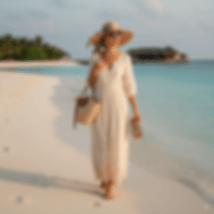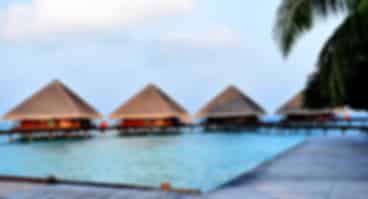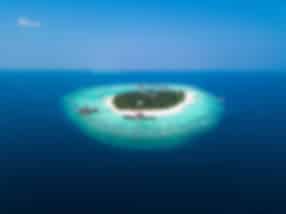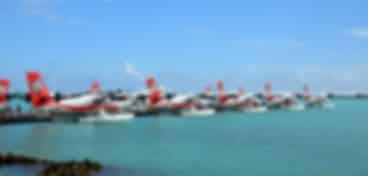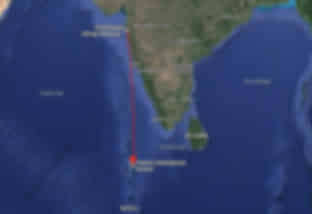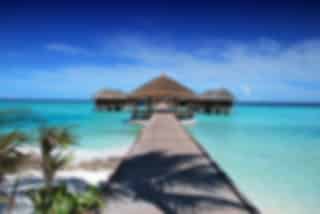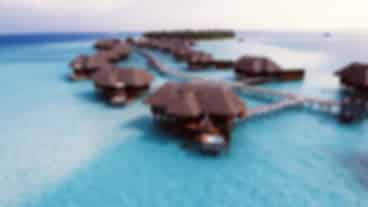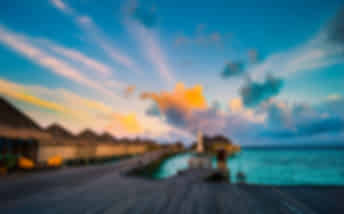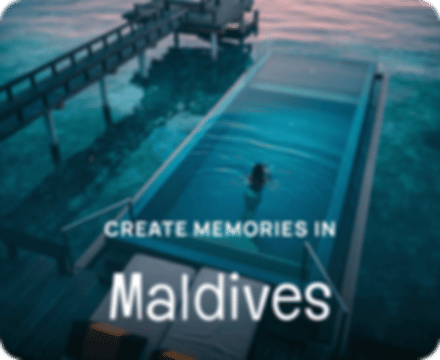Flyboarding in Maldives: Everything You Need to Know Before You Try
Author
Anvie Shrivastava
Updated Date
September 16, 2025
Read
6 minutes
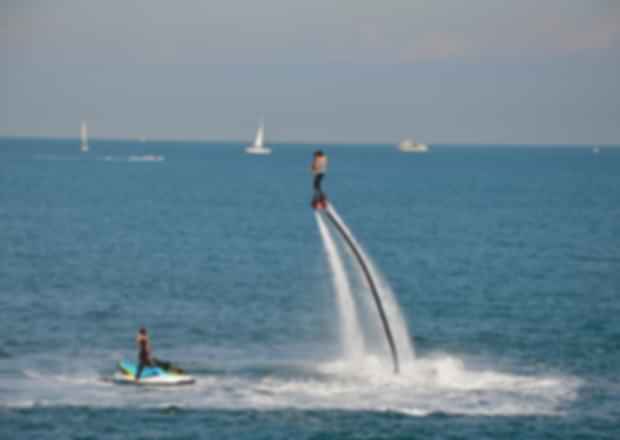
The Maldives is recognised mainly for its postcard-perfect beaches, turquoise lagoons, and luxury resorts. But while it is a land of calm beauty, it is also a place of high-energy adventure, like flyboarding in Maldives. Think of being launched high in the air, the ocean, diving back in like a dolphin, before rising again, powered by water jets. This guide covers everything you need to know about flyboarding in the Maldives, including how flyboarding works, where you can try it, the costs, best seasons, safety, and even how it compares with parasailing.
For those seeking Maldives adventure activities, flyboarding is right up there with jet skiing, parasailing, and wakeboarding. If you’re shortlisting things to do in Maldives, especially thrilling water sports in Maldives, flyboarding deserves a spot on your itinerary.
Key Takeaways
Maldives Packages Starting @ ₹78,000
- Flyboarding in Maldives is such an adrenaline-pumping water sport, and it allows you to take off 10-15 metres above the ocean.
- Flyboarding in Maldives is best done in the dry season (December – April) when the seas tend to be better/gentler, and you are able to see clearly.
- Flyboarding costs Maldives usually run anywhere between USD 150 – 250, depending on the resort.
- Resorts in Maldives that have flyboarding available are Sun Siyam Iru Fushi, Kuredu Resort, LUX* South Ari Atoll, and Holiday Inn Kandooma.
- With good instructions and following flyboarding safety tips Maldives, virtually anyone can enjoy flyboarding beyond their wildest imaginations!
What is Flyboarding?
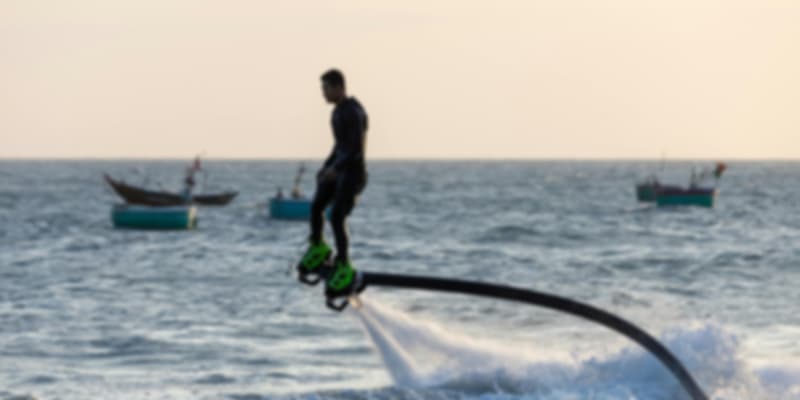
Flyboarding in the Maldives involves a board connected to a jet ski using a long hose. A jet ski’s water pressure is directed through the hose to jets underneath the board to get the rider into the air.
Most beginners are hovering within minutes (with the help of an instructor), who can adjust the throttle. Once they feel comfortable, the riders can attempt small dives, spins, or advanced tricks.
Why flyboarding is special in the Maldives:
- Peaceful, shallow lagoons are excellent for balance and a place to practice.
- The clear water offers an added excitement when plunging back into the sea.
- Some resorts combine flyboarding with jet skiing, parasailing, and wakeboarding.
Where Can You Try Flyboarding in the Maldives?
The Maldives has multiple flyboarding locations at the Maldives atolls, but availability depends on the resort.
Popular Resorts Offering Flyboarding
- Sun Siyam Iru Fushi (Noonu Atoll) – Includes plenty of adventure sports, including flyboarding.
- Kuredu Island Resort (Lhaviyani Atoll) – Has many watersports and professional instructors.
- LUX South Ari Atoll – Covers luxury in conjunction with excitement.
- Holiday Inn Resort Kandooma (South Male Atoll) – Family-oriented with plenty of water activities.
Pro Tip: Always confirm in advance, as equipment and staff availability can vary by season.
For inspiration on where to stay, check out our guide to the best resorts in Maldives.
Best Time for Flyboarding in Maldives
The best time for flyboarding in Maldives is during the dry season, from December to April, when the seas are calm and the skies are clear.
Here’s a breakdown by season:
- December–April: Best conditions, clear waters, higher prices.
- May–August: Wet season; occasional storms and choppy seas, but lower costs.
- September–November: Transition months; moderate conditions and fewer crowds.
Check out: Best time to visit Maldives
How Much Does Flyboarding Cost?
The price for flyboarding Maldives generally is in the range of around USD 150-250 each session, depending on the duration and the resort.
- 15-20 minutes: USD 150-180
- 30 minutes: USD 200-250
Some resorts offer combo deals (flyboarding + jet ski or parasailing), which can save you a bit of money.
Safety Tips for First-Time Flyers
Flyboarding looks extreme, but it can be safe with proper guidance. Here are essential flyboarding safety tips Maldives:
- Pay attention & listen carefully to the instructor’s briefing.
- Wear a helmet & life jacket/water vest as personal protective equipment.
- Abide by restrictions: generally >=12 years with a maximum of eight restrictions below 120 kgs.
- Check your health: flyboarding is not for pregnant women or those with heart/back issues.
- Expect to fall a couple of times; water will break your fall, so do not panic.
Flyboard Height and Training Requirements
Curious about flyboard height and training expectations? If you have the appropriate equipment, the riders can hover as high as 10–15 meters (30–50 feet). Most beginners, though, hover at a height of only 1–2 meters, or as high as you can stay balanced.
Because there is no experience required! A quick 10-minute briefing and a trial session are all it takes to flyboard.
What to Wear When Flyboarding
Choosing the right outfit matters. For what to wear flyboarding Maldives, keep comfort and safety in mind:
- Swimwear or snug rash guards (avoid loose clothing).
- Water shoes for better grip and safety.
- Reef-safe sunscreen to protect your skin and the environment.
- Tie up long hair securely.
Flyboarding vs Parasailing: Which One Should You Try?
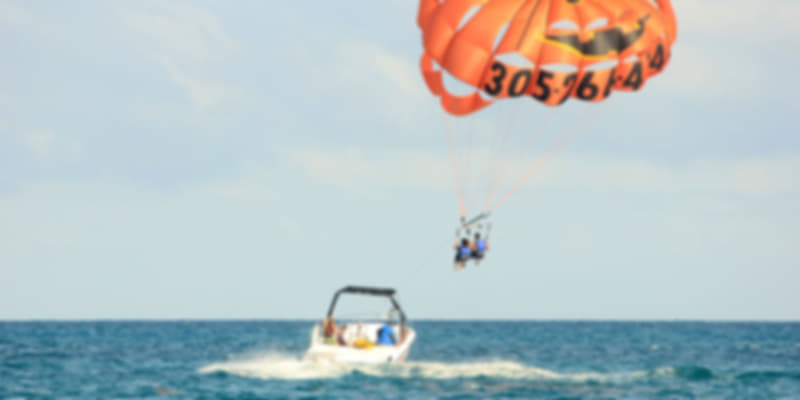
- Flyboarding and parasailing Maldives both offer unforgettable sensations, just different differences than flyboarding vs parasailing in the Maldives:
- Flyboarding – an active, adrenaline-pumping watersport- requires balancing and physical effort. Ideal for the more adventurous tourists!
- Parasailing – less active, enables the rider to take in 180° aerial views with little physical exertion, an ideal experience for couples and families.
Most resorts in Maldives offer both forms of water recreation, so you do not have to feel like you are being forced into a choice or to miss out.
Environmental Considerations
To preserve the Maldives’ fragile ecosystem, responsible operators ensure that flyboarding happens away from coral reefs. Travellers can do their part by:
- Avoid shallow reef areas.
- Use reef-safe sunscreen.
- Choosing eco-certified resorts and operators.
Conclusion: Experience Flyingboarding in the Maldives
When you try flyboarding in Maldives, it is much more than a water sport; it is an experience filled with speed, skill, and breathtaking nature. With calm lagoons, luxurious resorts, and professional instructors, it’s easy to see why the Maldives is considered one of the best places in the world to try flyboarding. Plan your trip wisely: think about the best season to visit the Maldives, compare the cost of flyboarding in the Maldives, and shortlist the resorts that offer this experience. Whether you’re booking a Maldives honeymoon package or looking for thrill-seeking adventures through a Maldives travel guide, flyboarding is an unforgettable highlight. Keep safety in mind, and you’ll return with a story of flying high above the turquoise seas of the Indian Ocean, a memory you won’t forget.
FAQs about Flyboarding in Maldives
1. How much does flyboarding cost in Maldives?
The cost of flyboarding Maldives ranges from USD 150 to 250 per session, depending on the resort and duration.
2. Do I need training before flyboarding?
No prior training is required. Most beginners can balance within minutes under instructor guidance.
3. What are the age and weight limit for fluboarding?
Generally, participants must be at least 12 years old and under 120 kg. Always confirm with your resort.
4. What to wear for flyboarding Maldives?
Wear swimwear or rash guards, water shoes, and apply reef-safe sunscreen. Avoid loose or heavy clothing.
5. Which is better: flyboarding vs parasailing Maldives?
Flyboarding is more adventurous and active, while parasailing offers a calmer ride with panoramic views.
Recommended articles for you
Discover Packages


Need help in planning?
Talk to our Travel Experts


